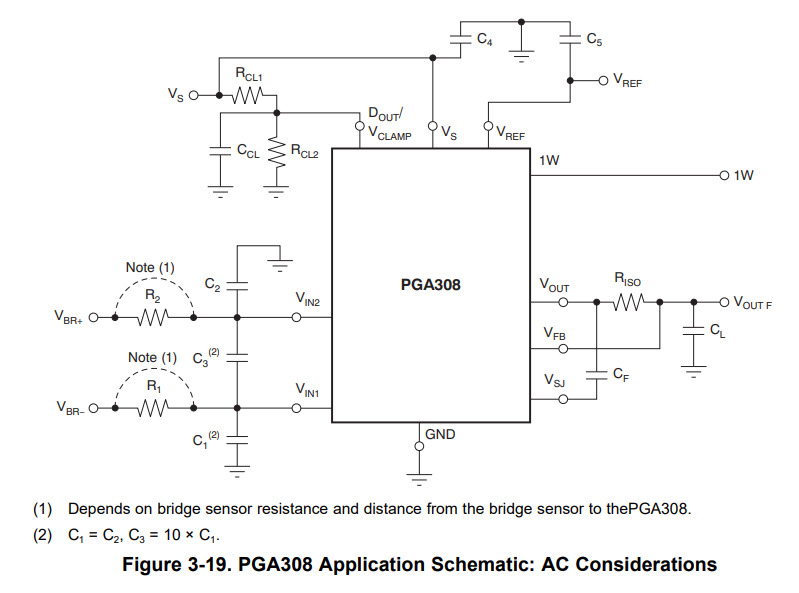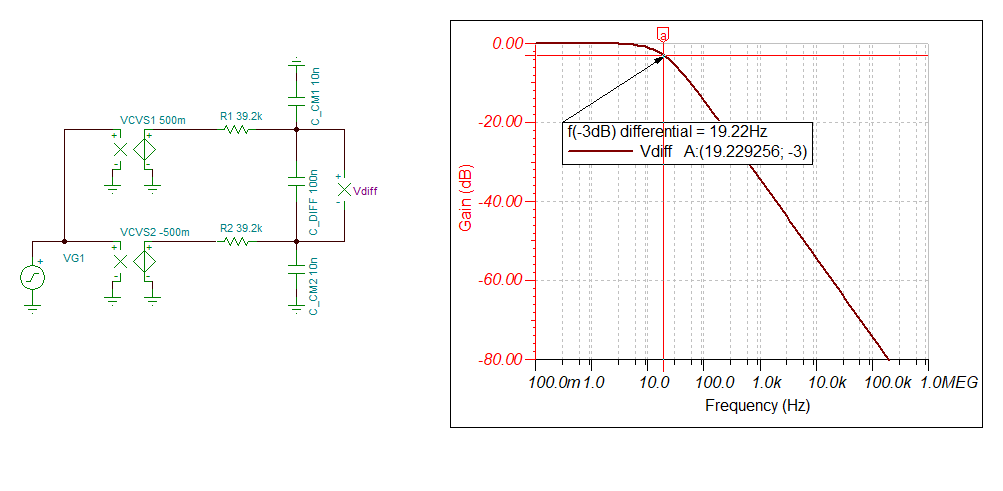Other Parts Discussed in Thread: TINA-TI
Section 3.10 of the user's guide describes the capacitors connected to VIN1 and VIN2.
I have a question about the following.
・It is stated that the source resistance is 10kΩ or more, but where does the source resistance refer to?
・The following is a description of capacitor capacitance, but does the capacitance of C3 need to be 1~2nF?
C1 = C2, C3 = 10 × C1
For example, would there be a problem if C1=C2=1nF and C3 = 10×C1 = 10nF?
Best Regards,





